
From L-R: Alitzel Velazco, Carlos del Pilar, Lynette Guzman, Maribel Mateo, and Tony Gatica riding through a residential street and heading towards Edinger Ave.
More than 50 cyclists are pedaling together down Pacific Avenue in Central Santa Ana. I turn around and see Maribel Mateo, 18, and Tony Gatica, 16, siblings, give me the go ahead that everything up to this point is going well. “Roooooll-ing!” I say, yelling over the Cumbia music blasting from one of the cyclists on the ride.
Maribel and Tony are young people of color and core leaders of Bike It! Santa Ana, a youth program of KidWorks, a non-profit that restores at risk neighborhoods. They ride Santa Ana streets regularly. Like Maribel and Tony’s family, many Santa Ana residents do not have access to a car. Others, like me, choose to avoid driving and bike as much as possible. We work together to make streets safer for pedestrians and bicyclists by bringing people together, getting the City to use urban space to its fullest potential, and therefore making the city a healthier place.
The lack of safe bike lanes in Santa Ana has been an ongoing public health concern. Santa Ana is made up of predominately low-income, Latino residents who have limited access to open space. There are high rates of people biking, and unfortunately, high rates of bicycle collisions. People bike out of necessity in the city despite its many unsafe streets. Until our policymakers prioritize safe bike infrastructure for all residents, our fight continues.
As a community organizer, I work alongside a group of about eight middle school and high school students to facilitate their policy campaign for safe, protected, bike lanes. I always challenge them to take opportunities that will improve their leadership skills, to question everything that is socially unjust, and to take action when they know something is not right. They challenge my own leadership skills when they look to me for support, when they ask questions I do not know the answers to, and when they come to me for personal advice. We have grown to trust each other from this work, but I have also come to call them my friends.
The knowledge they’ve shared with me never fails to amaze me. At one of my first meetings with them, they presented the different types of classified bike lanes, told me which city council member represents their district, and showed me a large map of the city that included handwritten notes and designs of the different bike lanes they wanted to see in their community. “We learned that there is not even a sidewalk in some areas, and we became more aware of the things we needed to do as advocates,” said Mateo, one of the first Bike It! members who helped start the campaign five years ago when she was still in high school.

The team stops for a talk about the campaign’s next steps after the success of the approved Edinger Ave. Protected Bike Lane grant. They are at Centennial Park in Santa Ana, one of two parks that the Edinger Ave Protected Bike Lane will provide connectivity for.
Protected Bike Lane in Santa Ana
One of our biggest accomplishments was submitting the Edinger Ave Protected Bike Lane project grant to the state’s Active Transportation Program Cycle 2. Last October, the grant was fully funded at $2.3 million for the implementation of a 1.7 mile bike lane and educational programs for three schools along the corridor. This project will provide connectivity to eight public schools, two public parks, and many small local businesses for over 1000 residents per population block.
The work on the Edinger Ave Protected Bike Lane project started in early 2014 when we partnered with Orange County Health Care Agency and Santa Ana Active Streets to collect quantitative and qualitative data for a comprehensive Bikeability Assessment of Santa Ana. The youth knew that conducting research would help promote their advocacy efforts and convince policymakers that this public health issue was important.
“The reason I was motivated to be a part of this work was because of the end product – getting a bike lane in my neighborhood. What I want to see is the bike lane being used and enjoyed by people, without feeling like they will be hit by a car,” said Alitzel Velasco, 14, youth representative of Bike It! Santa Ana.
The youth developed a community survey to collect data on general experiences of people biking in Santa Ana, including their demographics and commute route. They created a map with our results using Geographical Information Systems mapping software and they made a video from the footage we took of our rides using a GoPro camera. From the results of the Bikeability Assessment, the youth identified three bike lanes that would best serve Central Santa Ana.
The youth presented their findings to city staff, stakeholders, and community members. Impressed by the quality of research and analysis, the city invited the youth to submit a state grant to fund one of their proposed bike lanes. This also meant that the youth still needed to gather more data, engage more community members, and actually learn how to write a grant. “It was hard work, but I felt I was making the best use of my time doing something productive that means a lot to me and my community,” said Velasco.
One of the major reasons the Edinger Ave Protected Bike Lane project was chosen is the number of families who walk through that area to get to stores, work, and school. “We chose to seek funding for this project because it connects more schools than any other proposed bike lane, and people already bike through there,” Mateo said.

Lynnete Guzman. Photo by Allan Crawford/Pedallove.org
Youth Life Challenges
Although the success of the campaign has been rewarding, the journey to get there was a challenge. Sometimes I would not see a youth for a while because they were helping their family juggle different responsibilities such as helping translate for their parents, taking care of their younger siblings, or making dinner. As I learned more about the things that kept them away, I learned I needed to be flexible and make an effort to work around the barriers they faced.
A year ago, Maribel and Tony’s father was hit by a car as he was biking to work. He biked 13 miles one-way, six days a week to his job as a cook. The collision left him in pain for a few weeks and he could not stand or walk comfortably. Most people would have gone to the doctor and taken a few days off. He could not afford to do that as the sole financial provider for a family of six. Also, he did not have health insurance.
“When this happened, I was thinking of getting another part-time job to help out my family,” Mateo said. “Knowing that the work I was doing would not only benefit my community but the people very close to me is what kept me going.”
When a youth runs into personal trouble that prevents them from helping in our work, I make sure that Bike It! Santa Ana keeps moving forward. We continue working, using the skills of the people in the room. By doing this, I am able to engage more youth and have time to work with them one-on-one. Whether it is fixing a flat tire, inputting data, or brainstorming project ideas, in the end everyone contributes.
Every moment I spent with these youth were learning experiences enabling me to grow as a community leader. As they opened up to me about their passions and struggles, I knew I was becoming their friend. We shared new experiences traveling the nation, meeting inspiring people, and telling inside jokes. I smile proudly when I see these young people presenting at city council or read about them in the local newspaper. I feel empowered knowing I had a positive impact in helping them become Santa Ana’s future leaders.
This next year will look very different for each of us as we set new goals for ourselves. Tony and Alitzel will continue their leadership involvement while managing their time doing youth organizing, homework, and sports. Maribel is focused on getting her bachelor’s degree in Civil Engineering. Therefore, the campaign’s advocacy work will depend largely on the next set of youth’s interests and passions.
Lynette Guzman was the Community Engagement Coordinator with KidWorks: Restoring At Risk Neighborhoods, One Life at a Time. KidWorks.org
Get your FREE copy of our new guide: Momentum Mag's E-Bike Guide
In this guide we explore some of the different ways an e-bike can provide solutions for different users, outline the different types of e-bikes available, give a briefer on the technological components, and offer some advice on purchasing your own electric bicycle.
Thank you for your submission. Please check your inbox to download the guide!

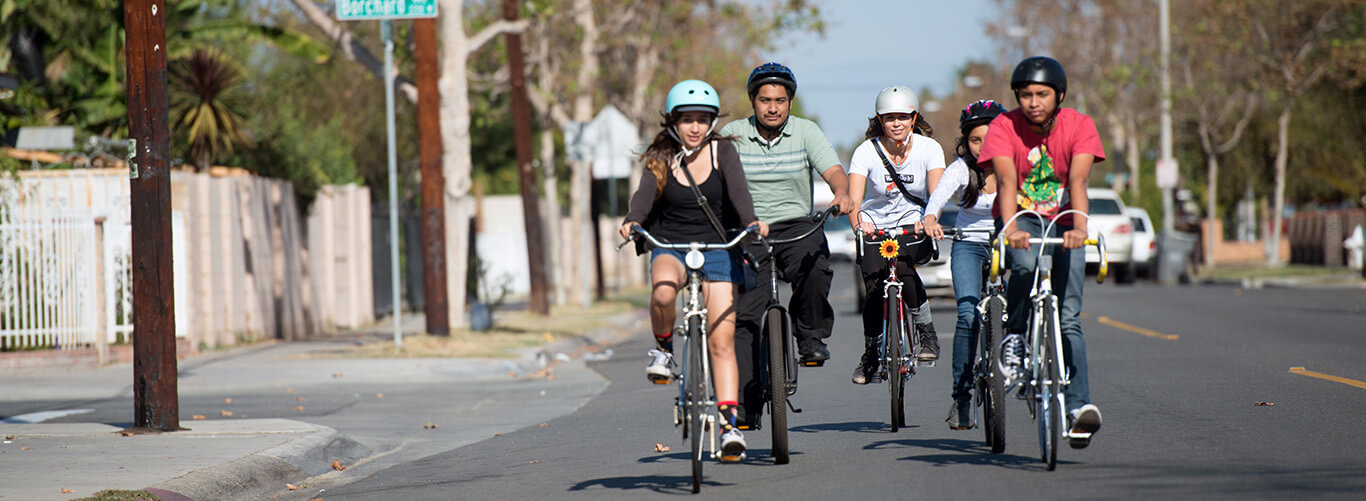
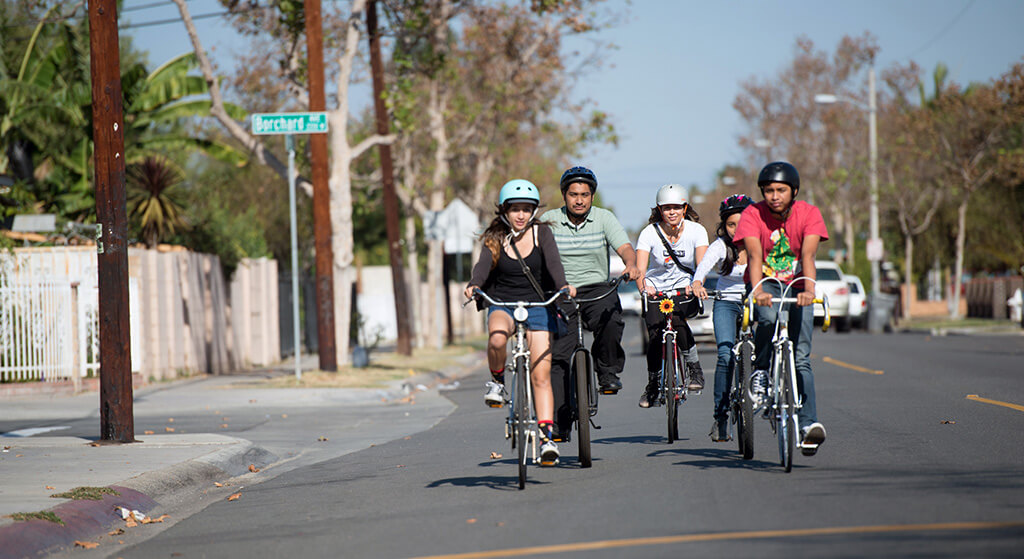
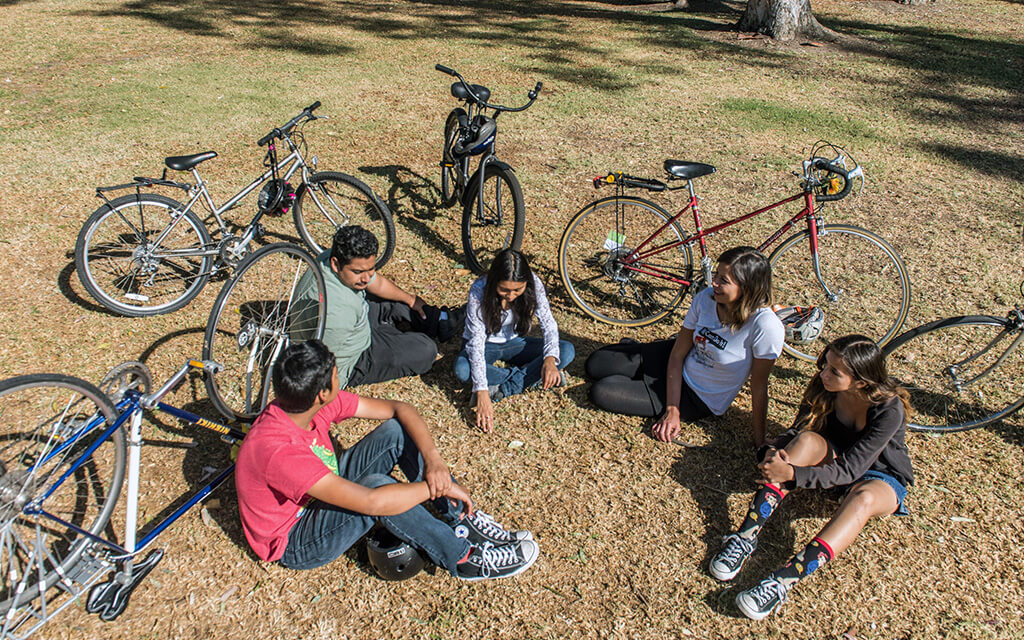
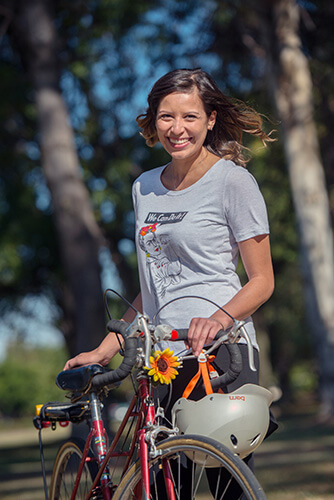

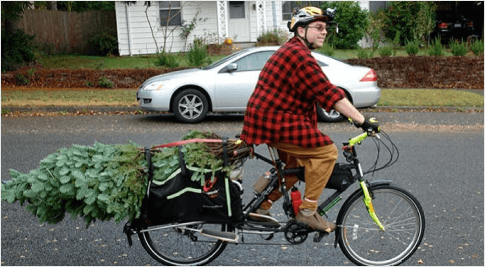
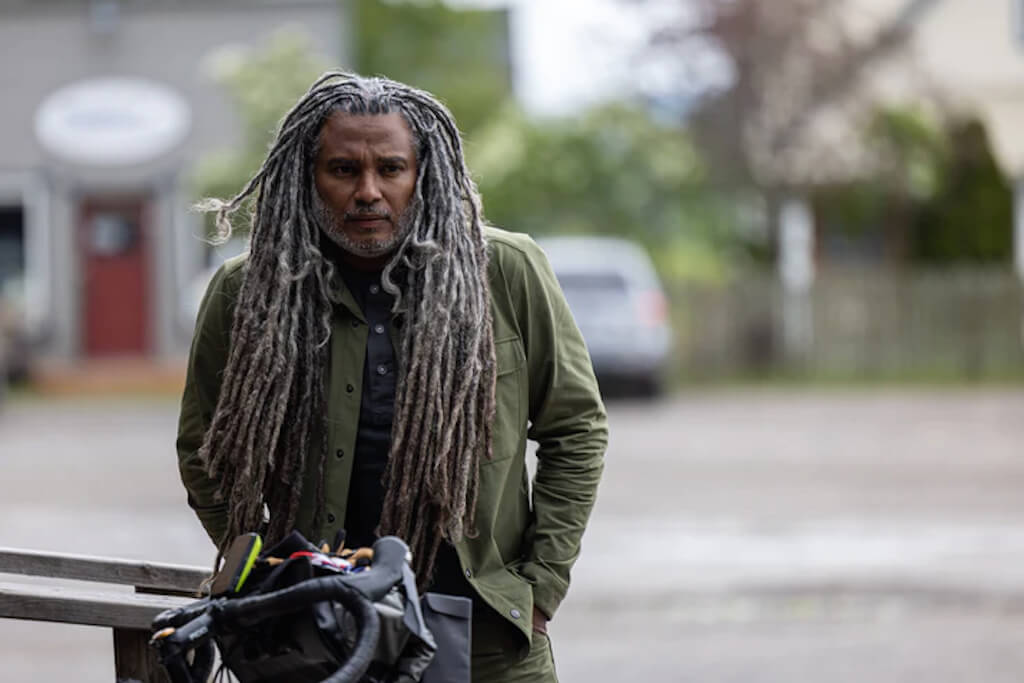
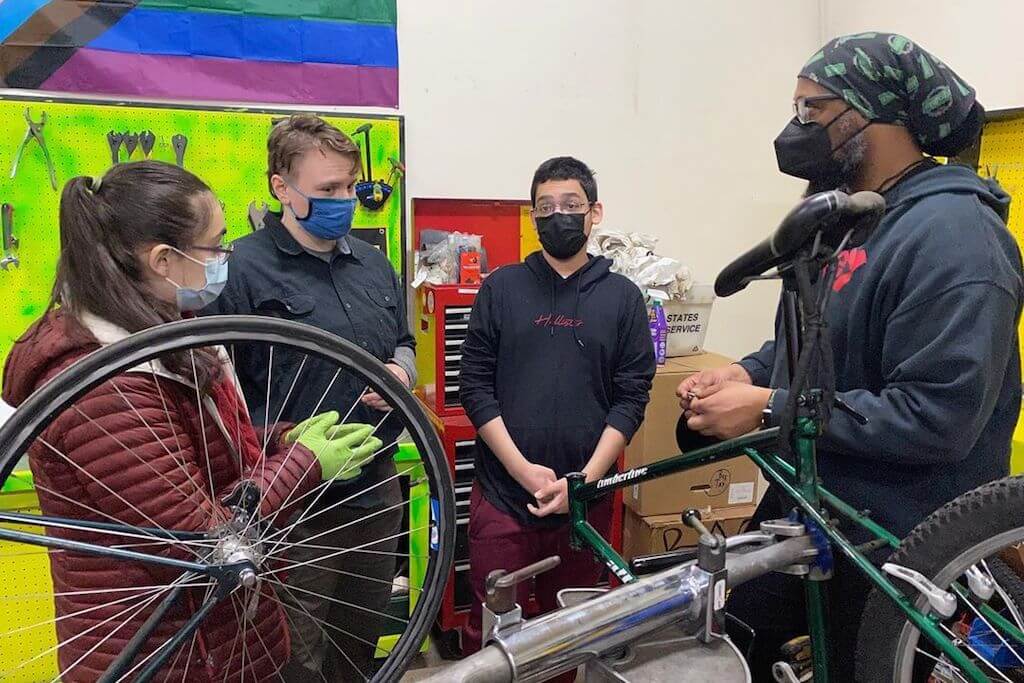
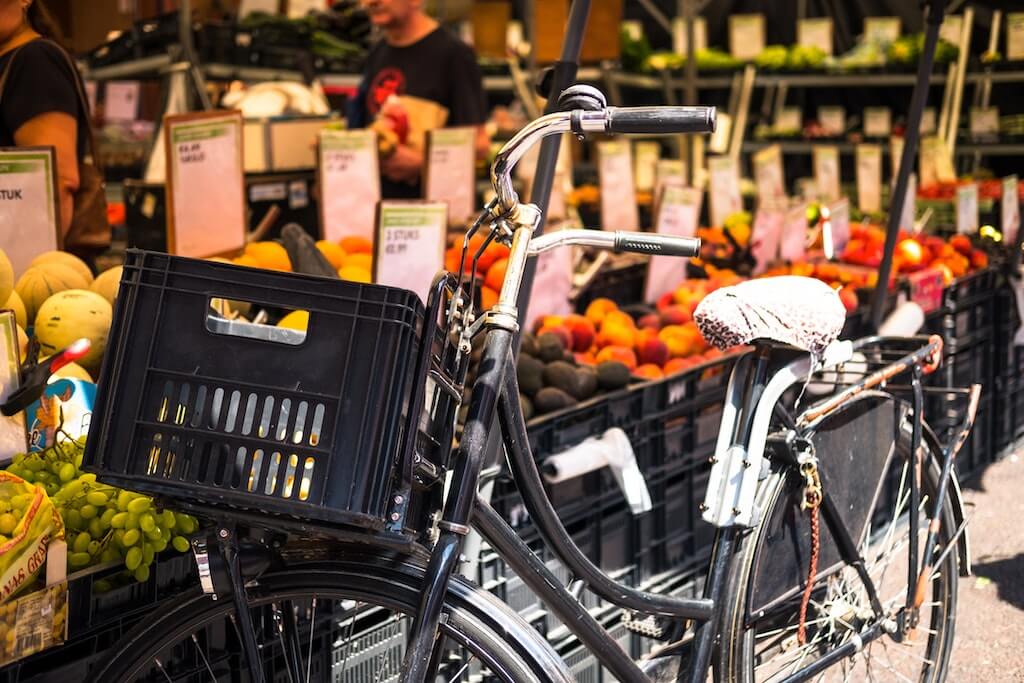

Leave a comment